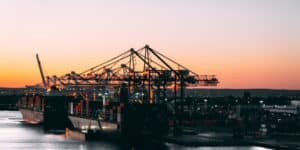Any logistics professionals involved in the supply chain will confirm this: container tracking is essential to manage every step of the process. It is however only valid if the data received about the status and location are accurate and updated regularly.
This is made possible by the digitalization of the maritime industry. For companies using new technologies, tracing shipments in real-time is an asset for five main reasons: to enhance the security and the management of risks, to reduce costs, to save time, and lastly, to maximize their ROI.
What is container tracking?
Containers have democratized the transport of goods from one point to another. A wide range of products can be shipped safely in these metal boxes whether by sea, rails, or truck.
If containerization has proven to be an effective method of intermodal transportation, some unexpected events can happen and cause delays. Indeed containers pass through many hands from a warehouse to the final consignee.
To offer greater visibility on this supply chain, every step is now monitored and recorded thanks to the use of trackers. These devices provide in real-time the exact location of a container and information on the movements.
Global Positioning System (GPS) technology is connected to transmit the latitude and longitude via cellular or satellite networks to software. The condition of cargo is also monitored by the use of sensors that measure the temperature and humidity. As the journey of the container on the ocean can last several weeks, trackers are powered with long-life batteries. In order to make them last for a greater period of time, the frequency of notifications can be set.
You can choose to receive updates at regular intervals instead of live. These notifications are related to the main status changes: the loading of the container, departure of the vessel, or arrival in the port of destination. In case of opening/closing of the container door, an alert is immediately generated by the system.
All these features to enhance container tracking are benefits to better control the freight of goods through the supply chain: security and risk management are enhanced, costs are reduced, customer service is improved, it’s a time-saving solution, and ROI is maximized.
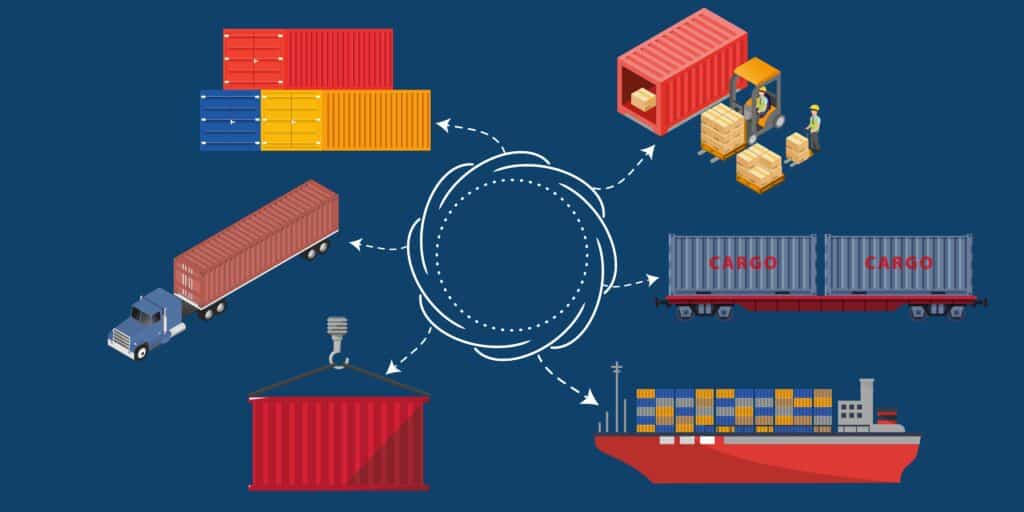
1. Enhanced security and risk management
With the reception of alerts, companies can ensure that their cargo has not been subject to theft or damage. They can thus anticipate the consequences of these situations and take the necessary measures to remedy them.
The data collected by trackers can be analyzed to improve the protocols of businesses through the implementation of preventive actions:
- Avoiding some stop areas during transport by truck to or from the port terminal.
- Ensure the terminal has the ISO 28000 Supply Chain Security Management System certification.
- Trying to have containers loaded door-to-door onboard the vessel to prevent access.
The element that will confirm that there has been a break-in is the seal. Once the stuffing has been completed, a security bolt compliant with ISO 17712 must be fitted.
An identification number is assigned to them and is listed on the Bill of Lading. Upon receipt, the consignee must check the condition of the seal and the concordance of the number with the one indicated on the documents. The seal can indeed be broken and then reassembled with the use of appropriate tools.
This kind of situation is more likely to occur if the container stays for too long on the terminal. Users of tracking solutions can make arrangements if they see that it is diverted from its course and is in a vulnerable situation.
Combined with a powerful Application Programming Interface (API), these devices become the solution to increasing the security of the supply chain.
How to Track a Ship In Real-Time ?
Let us look at how a ships’ real-time tracker works, its details and features, its benefits for all players in the shipping sector but also its weaknesses…
2. Costs reduction
By tracking containers in real-time, demurrage, detention, and port storage charges are significantly reduced. These penalties are applied when a defined time period has been exceeded.
Demurrage and detention fees
Demurrage is to be paid by shippers or consignees when a container stays on a port terminal for a too long period. This is also how port congestion arises. A ship can arrive earlier or later and thus change the whole organization. It is the same for a container that stays too long when if it was well tracked it could leave room for others.
The amount of demurrage varies from one country to another and is fixed on a daily basis.
On the other hand, detention is when a container is outside of the terminal and does not return in time. It starts when the full container is picked up and finishes when it is backed empty on the port or depot.
Demurrage and detention fees have to be paid to the shipping line because it owns the container. They can be assimilated to compensation for the fact that the container was not in circulation and did not generate any income.
Port storage charges
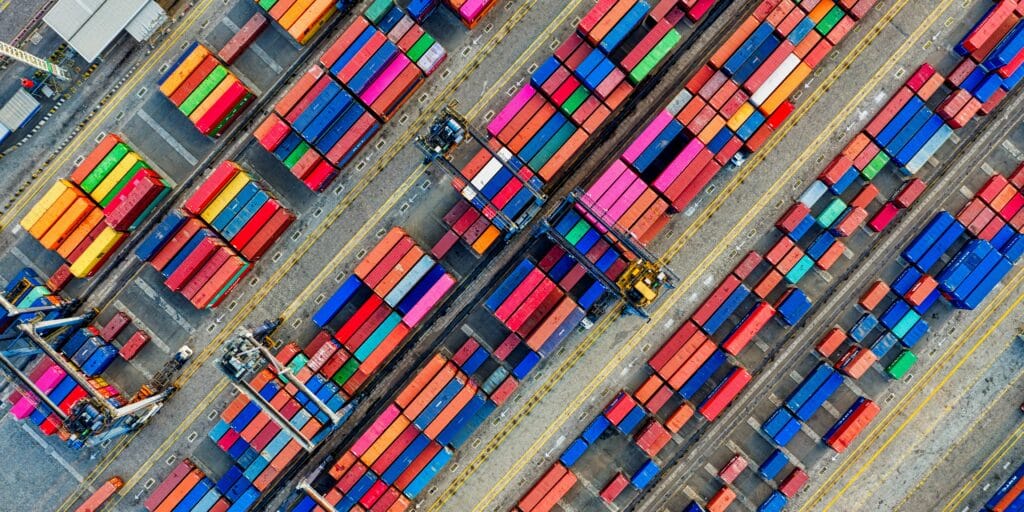
Terminals can apply a variety of charges and one of them is port storage. It is billed from the moment the container has not been removed from its place on the terminal and the free time period is passed. This period differs from port to port. That’s why it is necessary to find out about it in advance to avoid unexpected expenses. These charges are also applicable in case of transshipment when a container is waiting too long to be loaded onboard another vessel. To sum up, it’s a payment for the space occupied by the shipment on the ground.
In logistics, these costs can quickly become high especially when terminals are congested.
To take steps to limit them, the use of tracking devices allows the reception of live data about the location of containers and being notified of any delay or advance during transit.
3. Improved customer service
One of the most important points for a powerful supply chain is customer satisfaction. To achieve this goal, it is required to understand the needs of the clients.
In container shipping, this will involve the communication of information related to the location and status of their shipment. Once their order is placed, they want to receive it on time and in good condition.
Companies that are provided with modern solutions like container tracking improve the trust of their clients and create long-term partnerships. They offer greater visibility on the supply chain and customers can ensure that they are able to meet the promised deadlines or even exceed their expectations.
These data are also analyzed to reduce delivery times and remain competitive in the market. This is done in the first instance through the optimization of routes. They are chosen more efficiently and unnecessary container movements are avoided. Secondly, the inventories are better managed.
Having a clear and accurate view of the number of goods available allows businesses to know how many orders can be placed, to respond quickly to high demand, and avoid out-of-stock situations. Thanks to instant notifications, clients can anticipate the consequences of a delay or unexpected events. It is a help to make arrangements as soon as possible and minimize or avoid certain additional costs.
4. Time-saving
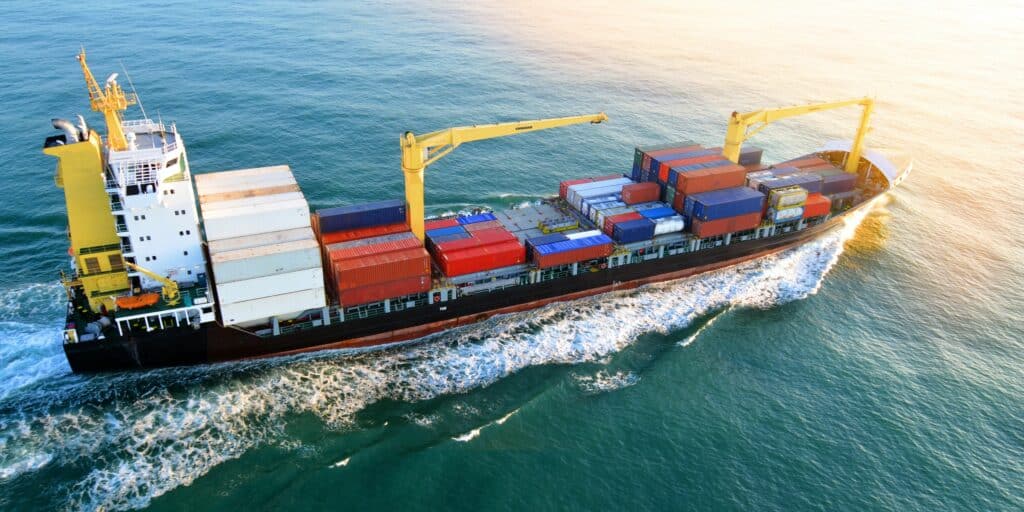
Finding information on the status of multiple containers transported by different carriers is a task that can take a lot of time. You have to go to several tracking websites and manually enter the container, bill of lading, or booking number, in order to have access to the latest movements.
However, they don’t provide live updates and it can be a source of inaccuracies. Additionally, you can then track the ship in real-time for additional data to be able to predict a little more precisely the arrival of shipments.
Finally, you have to copy for each container, one by one, the relevant information in a spreadsheet. This process can be fast if employees have a few containers to deal with, but if they have dozens or even hundreds, this will consume hours that will prevent them to be focused on more productive work.
Now with container tracking platforms, all the last updates and history records are centralized. You have an overview of your fleet regardless of shipping lines and without limitation. It is also a time-saver in terms of communication. Involved parties are automatically notified and it is no longer necessary to make phone calls or send e-mails to all of them.
The risk of misunderstanding between stakeholders is significantly reduced and customer services have fewer inquiries to deal with. They can provide their support to more urgent requests and as a result, increase their responsiveness.
5. ROI maximization
The Return on investment (ROI) is a key performance indicator (KPI) used by businesses to measure the success of their investments.
It is calculated as follows:
(Net Return on Investment / Cost of Investment) * 100.
The result is expressed as a percentage. For the logistic parties involved in the supply chain, a powerful container tracking platform is a high expense. But following its implementation, they found that their ROI is maximized.
This can be explained by several reasons. Firstly, this software allows better management of inventories. Unforeseen charges related to thefts and losses, stockouts, excess of stocks, or overselling are significantly reduced. The profits of companies are consequently increased.
Secondly, they know precisely when their shipment arrived. Carriers can pick it up on time for transportation. It does not stay for too long on the terminal and extra fees are avoided.
Furthermore, automated container monitoring systems save human resources. As we have seen before, checking the status of every container manually is a time-consuming task. The use of centralized tracking platforms is a way to improve the productivity of teams.
And last but not least, customer satisfaction is ameliorated which results in greater loyalty to the company, popularity, and a growth in sales revenue. Shipowners and shipping companies also note a maximization of their ROI by tracking the containers.
They collect and analyze the data received to optimize their lines. They can lower the fuel consumption of their vessels and offer faster delivery services.
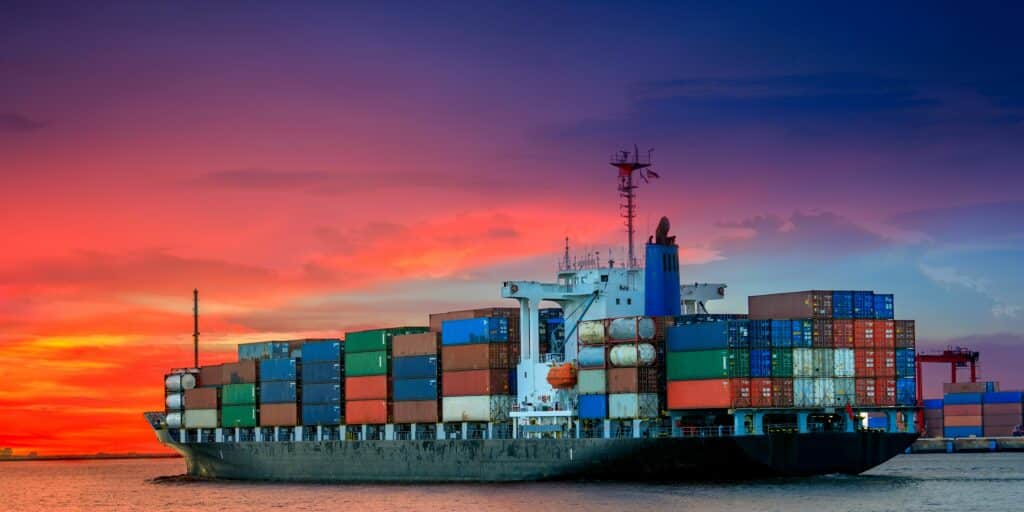
How to trace a container efficiently?
Locating containers in real-time is possible with two technologies: Automatic Identification Systems (AIS) and container tracking devices (CTDs). AIS is fitted onboard vessels and is connected to a GPS. It provides several data at regular intervals, including the latitude and longitude, to ships and shore-based stations.
Parties involved in the supply chain can follow the vessel on which it has been loaded by entering their name on a tracking website. This information can be found on the booking confirmation issued by the carrier.
To know in detail each step of the journey, such as events related to handling operations, CTDs are fitted on the containers. Various sensors are build-in for connection with GPS, cellular, WiFi, or Bluetooth networks.
These trackers are also referenced as IoT objects. The acronym IoT stands for “Internet of Things”. It is a set of technologies connected to the internet that exchange data with software, for example with Application Programming Interfaces (APIs).
The role of an API is to make the link and ensure communication between two or more computer programs.
At Sinay, we developed a container tracking API to trace containers anywhere in the world. Once it receives a query for a shipment, it will display a message that contains the last and next events. Thanks to this answer, you are updated on the most recent activities and you benefit from streamlined shipping.
We also write a guide to help you understand how to use this API.
How to Track a Ship In Real-Time ?
Let us look at how a ships’ real-time tracker works, its details and features, its benefits for all players in the shipping sector but also its weaknesses…
Conclusion
Container tracking plays a major role in good supply chain management. With technologies such as APIs, it is in the process of being totally digitalized. That’s why Sinay’s objective is to propose powerful AI algorithms to accompany this transition efficiently.
Frequently Asked Questions About Container Tracking and Supply Chain
Container tracking is the process of monitoring and recording every step of a container’s journey using trackers, which provide real-time updates on the location and condition of the cargo.
The benefits of container tracking include enhanced security and risk management, cost reduction, time-saving, and maximizing ROI among others.
Container tracking helps to improve security and risk management by enabling companies to receive alerts and take necessary actions to prevent theft or damage to their cargo.
The data collected by trackers can also be analyzed to improve the protocols of businesses through the implementation of preventive actions.
Container tracking helps reduce costs by providing real-time updates on the location of containers, which helps to avoid demurrage, detention, and port storage charges that are applied when a defined time period has been exceeded.
By being notified of any delays or advances during transit, companies can take steps to limit costs.
Container tracking improves customer service by enabling companies to communicate information related to the location and status of their shipment to their clients.
This helps to enhance customer satisfaction by providing visibility and transparency throughout the supply chain.

